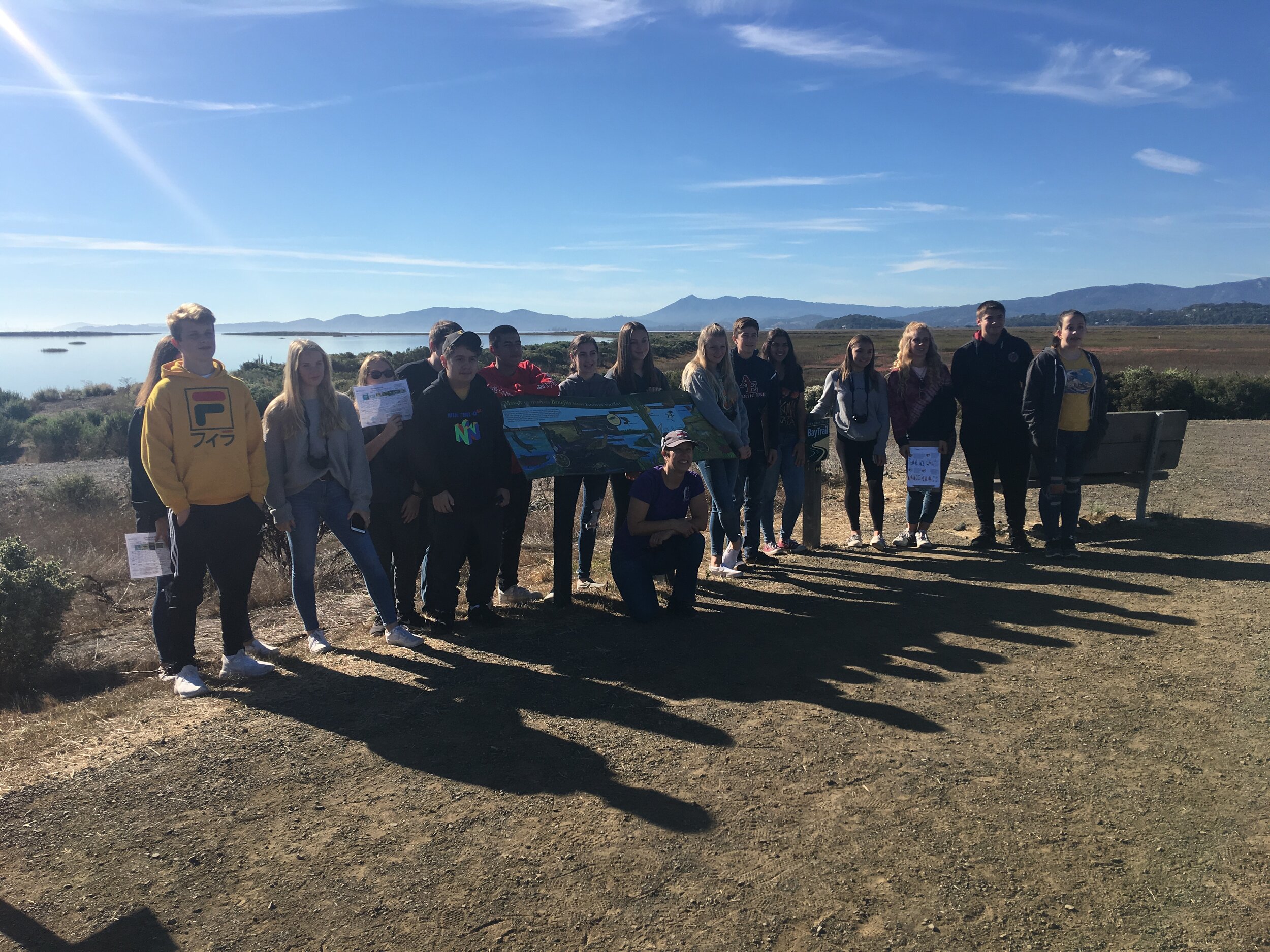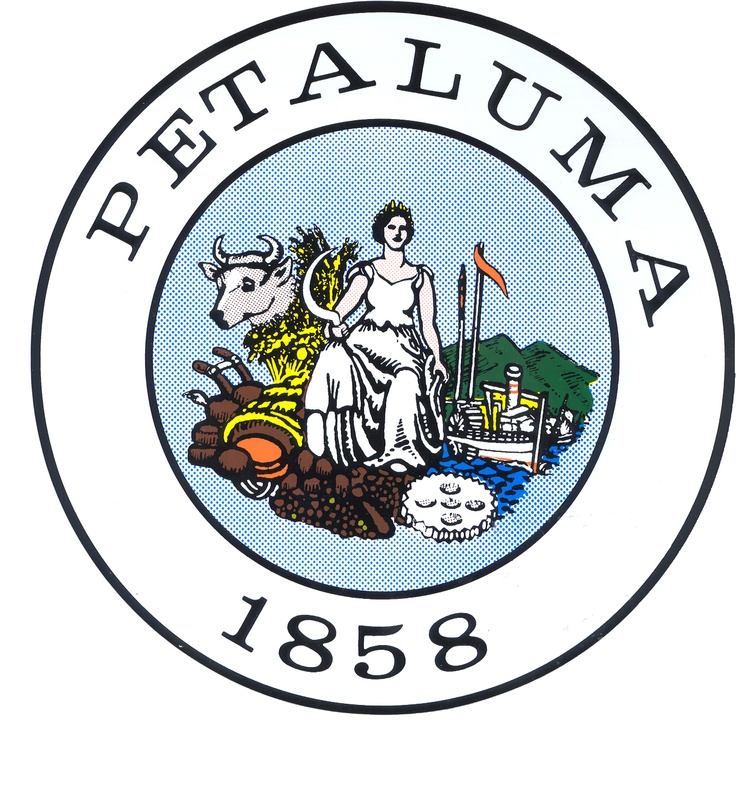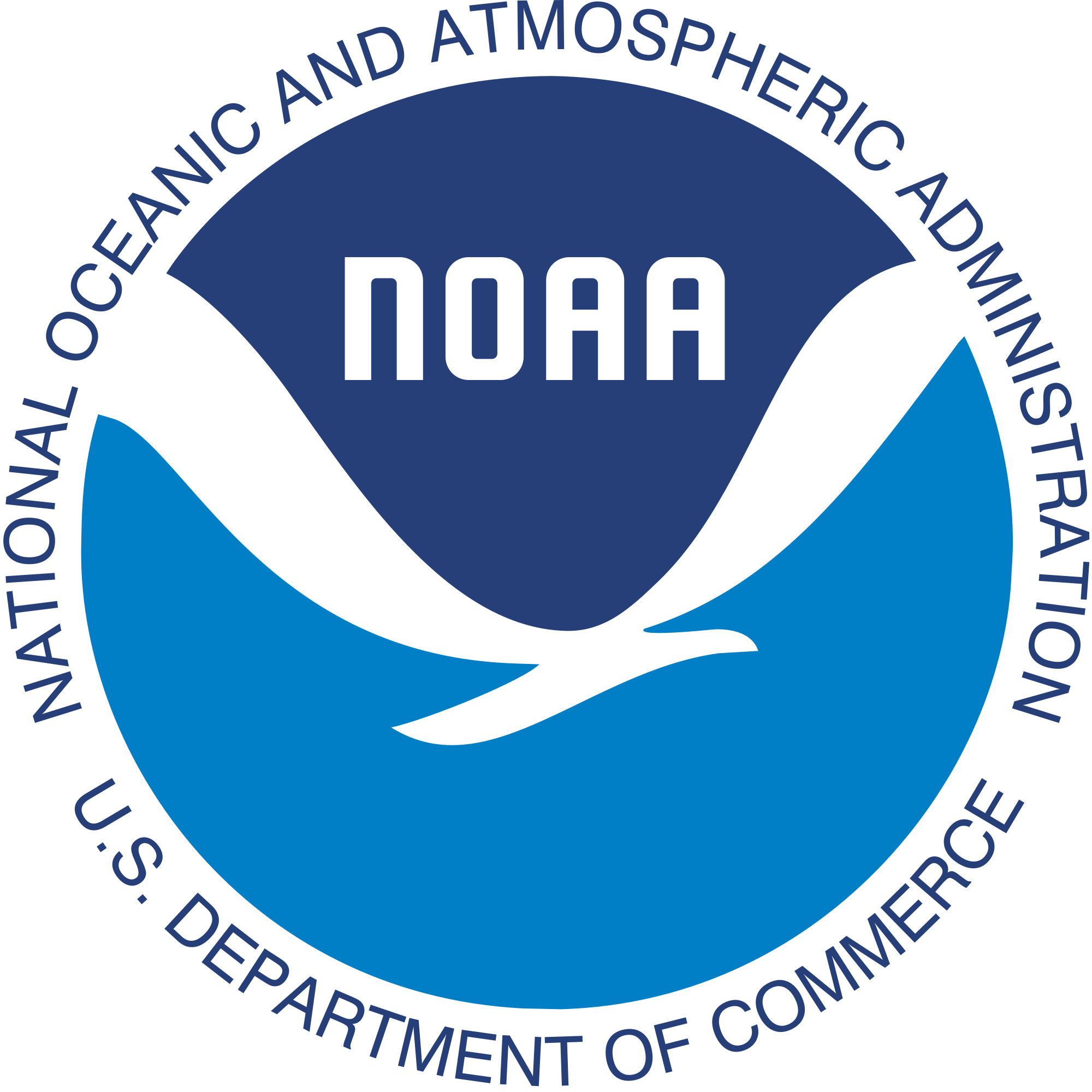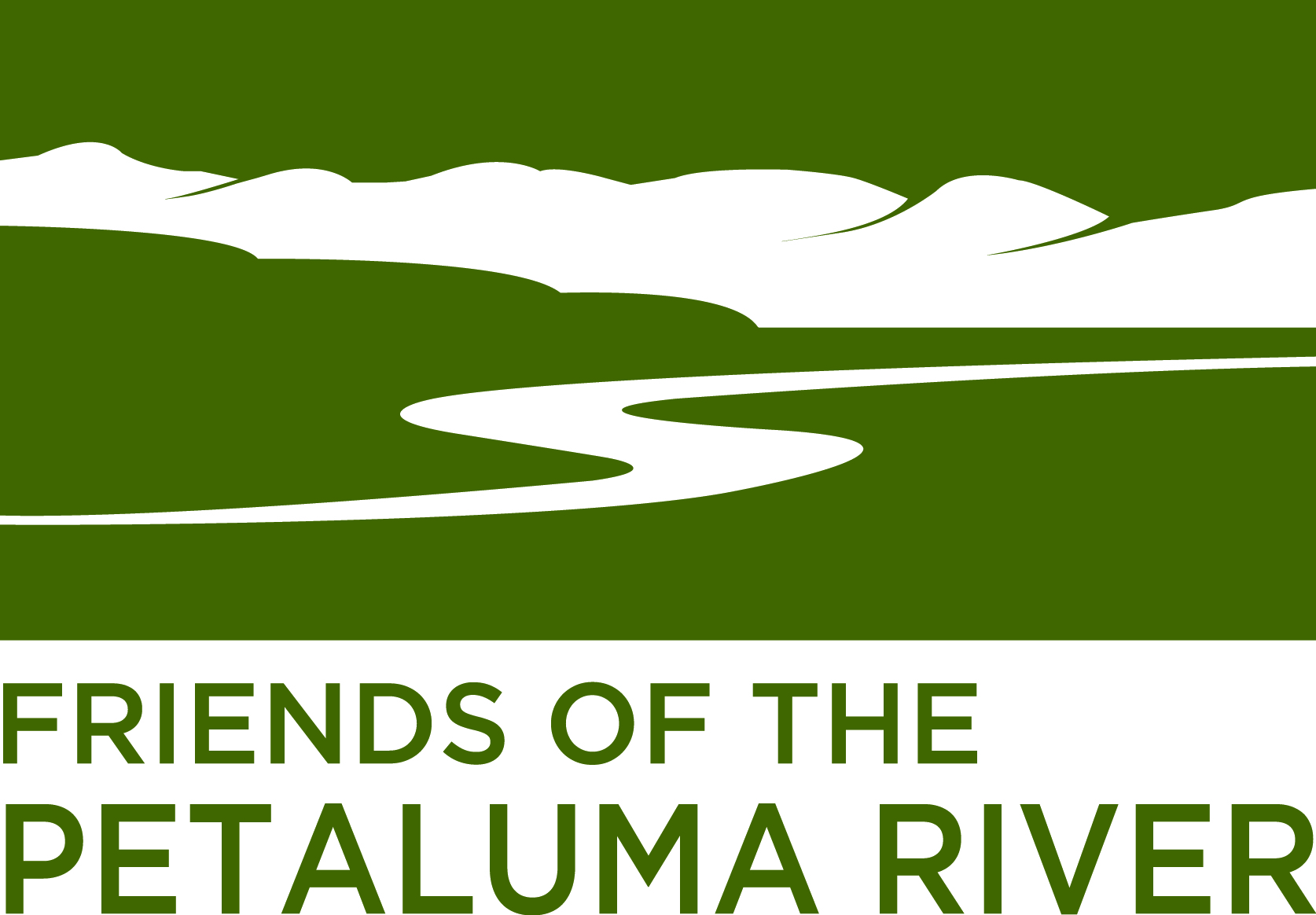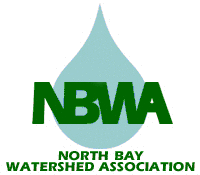Strategy Share: Environmental Literacy and Connections with STEM Californians
/Hi to all the global citizens, explorers, and educators! In my previous post, I shared how I use National Geographic Young Explorer Magazine as a powerful tool to empower my students to make interdisciplinary connections and explore like paleontologists, ichthyologists, and oceanographers. Kindergartners have a natural sense of wonder and curiosity, and they inspire me to see the world in all its interconnected beauty. I want them to appreciate all of the amazing beauty on Earth, as well as the beauty in their own world, which is California!
This time, I’m writing to share about two other resources I frequently pair together in my classroom: the California Education and the Environment Initiative Curriculum (EEI) and local, real-world scientists. The EEI are free K-12 units are aligned with social studies, Common Core and NGSS standards: Interdisciplinary connections for an interconnected world! Most importantly, to empower my students and make what we learn with EEI tangible, I connect them to STEM Californians (like National Geographic Explorers) who are making the world more awesome by protecting, studying and conserving these natural resources on land and in water.
California Education and the Environment Initiative Curriculum
Beautiful alphabet ecosystem cards from the kindergarten EEI Curriculum
Photo credit: Kimi Waite
I love the California Education and the Environment Initiative Curriculum (EEI) because it empowers my students to be environmentally literate and understand the natural world. Our favorite unit, “The World Around Me”, comes with beautiful alphabet ecosystem cards and student workbooks. Students learn how ecosystems are special places on Earth and then learn about these ecosystems in their local California community. We also love the National Geographic habitats wall map that helps students visually understand locations of vegetation and animal species within California.
After learning about ecosystems, students learn about resources and natural systems in the unit, “A Day In My Life.” We learned about which resources can be conserved and went on a natural resource scavenger hunt around the school.
STEM Californians: National Geographic Explorers
This year, my class has partnered with fellow Californian and National Geographic Explorer Joe Cutler as part of the National Geographic Educator+Explorer Exchange, a yearlong collaboration between pairs of explorers and National Geographic Certified Educators. My kindergarten ichthyologists have been learning all about fish and are engineering prototypes to help Joe with his work in Gabon. Joe is President of the pilot National Geographic Explorers Chapter based out of the San Francisco Bay Area, and connected us to awesome STEM professionals. I attended an event with the Chapter to tour the E/V Nautilus operated by the Ocean Exploration Trust founded by Dr. Robert Ballard. My students were fascinated with the fantastic online educational resources and videos prior to my visit and were thrilled when I brought back pictures. They wrote letters to the “Ocean Explorer” crew that I delivered and were especially delighted and intrigued by the bobtail squid, because it’s small and memorable like them.
Aboard The E/V Nautilus in San Francisco
Photo credit: Kimi Waite
At another event hosted by the Chapter, I met National Geographic Explorers Tim White and Paul Bump, both Explorers at Stanford’s Hopkin’s Marine Station. My class was preparing for a visit to the Aquarium of the Pacific in Long Beach, and Tim and Paul were the perfect Skype guest speakers to inspire us to protect and conserve California’s ocean animals, from great white sharks to tiny sea urchins.
Tim White
To kick off our English Language Arts unit on technology, we Skyped with special guest, Explorer Tim White! He inspired my students with stories and pictures of coconut crabs the size of cats in the South Pacific, great white sharks the size of a school bus off the coast of California, and how he uses conservation technology in his research. The students’ favorite memories were learning about what to do if you meet a shark and learning about the lemon shark, a yellow shark with two fins! Kindergartners are very literal and loved the lemon shark because of the name: one of my students drew the lemon shark round and small like a lemon. We wrote letters to Tim as a thank you, and my students were thrilled to meet an awesome Californian.
Kindergarteners love lemon sharks! My students were captivated by the literal name and the two fins.
Photo credit: Kimi Waite
